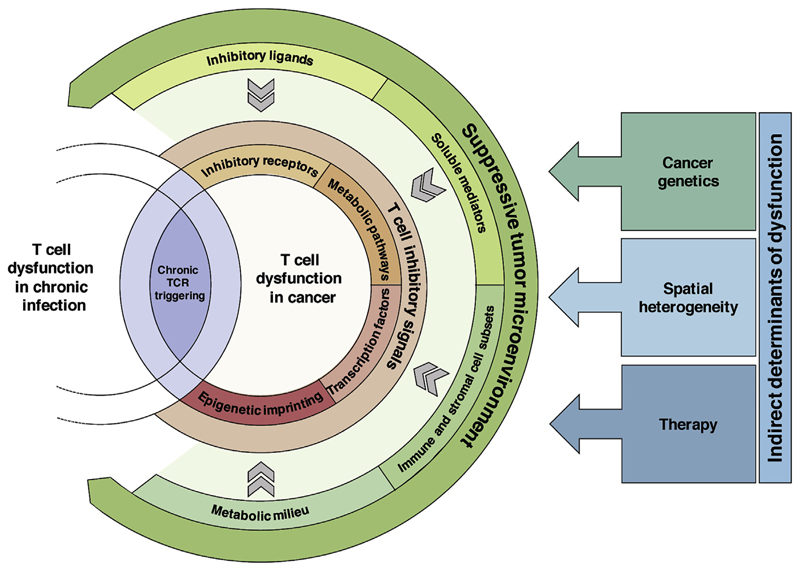Figure 1. Drivers of T Cell Dysfunction in Cancer.
Dysfunctional T cells in cancer share core exhaustion features with dysfunctional T cells in chronic infection that are at least partially driven by chronic TCR stimulation. The consequences of chronic TCR signaling are further modulated by a multitude of immunosuppressive signals in the TME, including inhibitory ligands, suppressive soluble mediators, cell subsets, and metabolic factors. Strength of these different signals is determined by parameters such as the specific mutations in the cancer cells, spatial gradients in tumor composition, and therapy-induced alterations in the TME. Collectively, the immunosuppressive signals in the TME shape the (dys-)functional state of intratumoral T cells by influencing the expression of inhibitory receptors, changing metabolic pathways, modifying the epigenetic state, and altering their transcription factor profiles.

